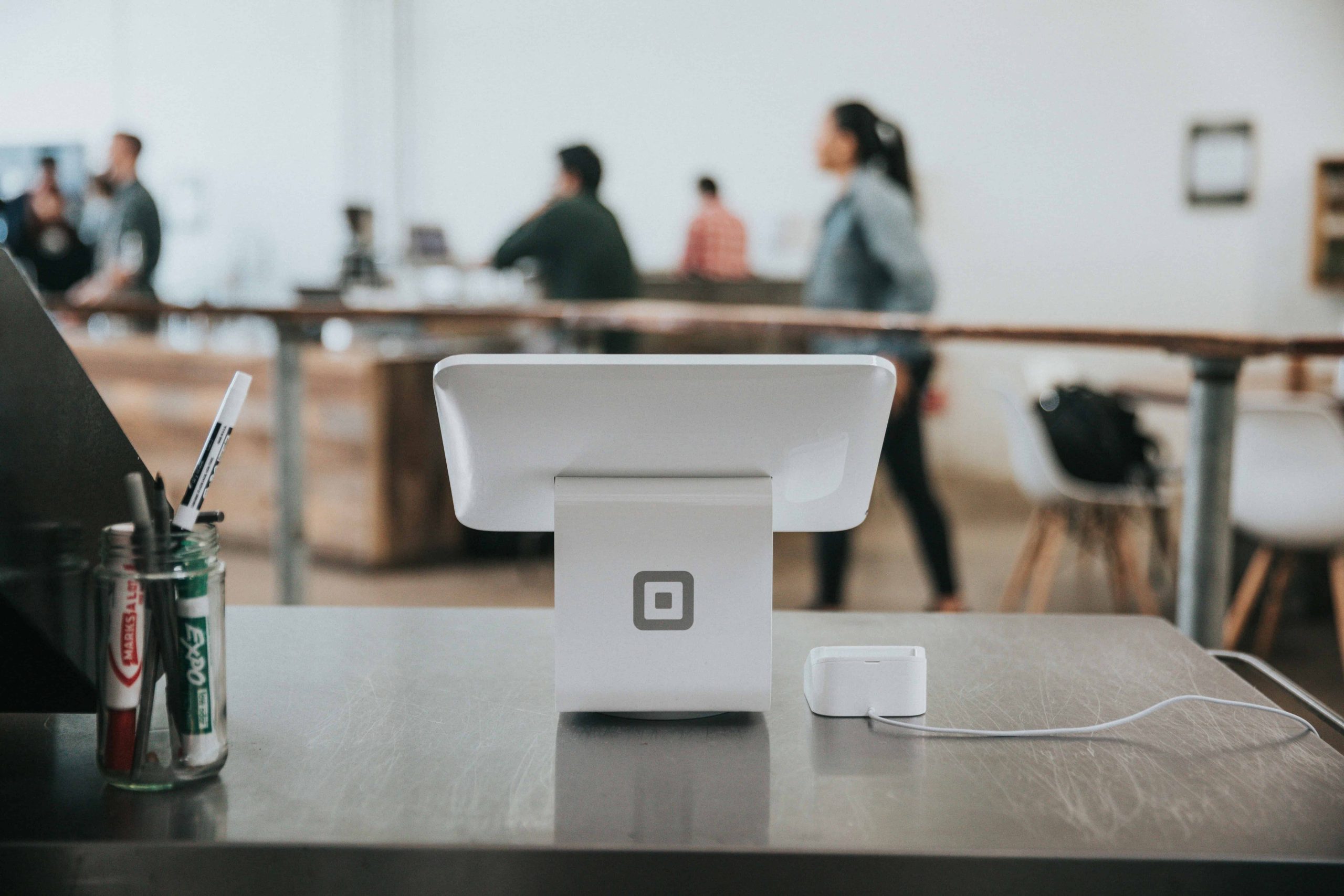
16 Jun Secure Payment Gateway Integration: Protecting Your Business and Customers
Secure Payment Gateway Integration
In today’s increasingly digitized world, the role of a secure payment gateway cannot be overstated. Serving as the digital bridge between an eCommerce platform and a financial network, a payment gateway processes, encrypts, and authorizes online payment transactions in real time. As the number of digital transactions surges across industries—from retail to subscription services and online education—businesses are becoming prime targets for cyber threats. Secure payment gateways are designed to counteract these risks by safeguarding customer payment details through encryption, tokenization, and other advanced security measures. A breach in transaction security can lead to not only financial repercussions such as fines and chargebacks but also long-term damage to brand reputation and consumer trust. Hence, for businesses operating online, integrating a secure and trustworthy payment gateway is no longer optional—it’s a fundamental requirement for operational integrity and customer retention.
Benefits of Secure Payment Gateways
Implementing a secure payment gateway offers multifaceted benefits that go far beyond the simple facilitation of transactions. First and foremost, it significantly enhances the trust customers place in your brand. When consumers know their credit card or banking information is handled securely, they are more likely to complete purchases and become repeat buyers. This increase in consumer confidence directly correlates with higher conversion rates and reduced cart abandonment.
Moreover, secure gateways offer robust protection against fraudulent activities, including unauthorized transactions and identity theft. They come equipped with fraud detection tools that analyze transaction patterns, use geolocation data, and employ AI-based algorithms to flag suspicious behavior in real-time. This reduces the frequency of chargebacks and helps maintain a business’s financial health.
Secure payment gateways also ensure compliance with global security standards such as PCI DSS (Payment Card Industry Data Security Standard), which is critical for maintaining industry credibility. In addition, they improve operational efficiency by supporting faster processing times, enabling quicker fulfillment and a smoother user experience. Many gateways also offer added features such as recurring billing, multi-currency support, and real-time reporting dashboards, which collectively streamline financial management for businesses of all sizes.
Choosing the Right Payment Gateway
Selecting the most suitable payment gateway for your business requires a strategic evaluation of both current needs and future scalability. One of the primary considerations is cost structure, which includes setup fees, transaction fees, monthly service charges, and potential fees for chargebacks or international transactions. Businesses should ensure that these costs align with their expected transaction volume and revenue model.
Another key factor is the range of supported payment methods. A modern payment gateway should accept not only major credit and debit cards but also alternative payment options such as digital wallets (e.g., Apple Pay, Google Pay), bank transfers, and even local payment methods for region-specific audiences. This flexibility increases accessibility for a broader customer base.
Geographic availability is equally important. If your business operates internationally or plans to scale globally, the payment gateway must support transactions in multiple currencies and regions while adhering to regional compliance requirements.
Security features such as data encryption, tokenization, and two-factor authentication should be thoroughly compared across providers. Additionally, ensure the gateway provider has certifications and a proven track record for upholding industry-standard compliance protocols.
Lastly, consider the technical support and integration capabilities. A reliable customer service team and clear documentation make integration smoother and enable quick resolution of issues. Businesses should also assess whether the gateway integrates seamlessly with their existing CMS, eCommerce platform, CRM, or ERP systems.
Integrating a Payment Gateway
Technical Steps
The technical integration of a payment gateway into your business platform involves several critical stages, each essential to establishing a secure and efficient payment system. First, a merchant account must be set up. This account acts as an intermediary holding location for funds before they are deposited into your business bank account. Some gateways offer all-in-one solutions that include merchant account services, while others require separate setup.
Next, you will need to obtain API credentials or plugin tools from your payment gateway provider. These credentials are crucial for enabling secure communication between your platform and the payment processor.
Following this, the gateway’s API code or plugin must be embedded into your website or mobile application. Many popular platforms, like Shopify, WooCommerce, and Magento, offer pre-built modules for popular gateways like Stripe or PayPal, simplifying the process. However, for custom-built sites, developers will need to code the integration manually using SDKs and sandbox environments provided by the gateway.
The design of the checkout process also plays a critical role. A seamless, user-friendly checkout experience reduces friction and reassures customers that their data is handled securely. Elements such as SSL certificates, visible trust badges, and clear progress indicators during the checkout process can boost user confidence.
Testing and Security
Once the gateway is integrated, comprehensive testing is essential. Test a variety of scenarios, including successful transactions, failed payments, refunds, and edge cases like expired cards or network timeouts. Most gateways provide sandbox environments specifically for this purpose, allowing developers to simulate real-world scenarios without processing actual funds.
PCI DSS compliance must be maintained at all times. This includes following best practices such as restricting access to sensitive data, regularly scanning for vulnerabilities, and documenting security policies. It is also essential to monitor and install updates and patches for both your eCommerce platform and the gateway integration to prevent exploitation of known vulnerabilities.
Some businesses also employ third-party security audits or penetration testing to ensure their systems are resilient against advanced threats. These proactive measures reinforce the integrity of the payment system and demonstrate a commitment to customer data protection.
Conclusion
In a digitally interconnected economy where trust is currency, secure payment gateway integration forms the bedrock of a reliable online business. As cyber threats grow in sophistication, the onus is on businesses to fortify their payment systems not just to prevent losses, but to nurture long-term customer loyalty and brand integrity. The benefits—ranging from increased customer confidence to compliance and fraud protection—underscore the necessity of a strategic approach to payment processing.
By selecting a gateway that aligns with business needs, integrating it with precision, and maintaining rigorous security standards, companies position themselves for sustained growth in the competitive digital marketplace. Ultimately, secure payment gateways are not just a protective layer—they are a business enabler, ensuring that transactions are not only fast and convenient but fundamentally safe.
Key Takeaways
- Essential for Online Business Security: Secure payment gateways act as a critical bridge for processing online transactions safely, protecting both businesses and customers from cyber threats and fraud.
- Builds Customer Trust and Boosts Sales: By encrypting payment data and ensuring secure transactions, these gateways increase consumer confidence, reduce cart abandonment, and improve conversion rates.
- Fraud Prevention and Compliance: Advanced security features such as fraud detection algorithms and adherence to standards like PCI DSS help prevent unauthorized transactions and maintain industry credibility.
- Business Efficiency and Flexibility: Secure gateways offer fast processing, multi-currency support, recurring billing, and real-time reporting, streamlining financial operations and accommodating diverse customer payment preferences.
- Choosing the Right Gateway Requires Careful Evaluation: Factors like cost structure, payment method support, geographic reach, security certifications, and integration capabilities must align with a business’s current and future needs.
- Technical Integration Involves Multiple Critical Steps: Setting up merchant accounts, embedding API or plugins, and designing a user-friendly checkout process are key to a seamless and secure payment experience.
- Rigorous Testing and Ongoing Security Maintenance Are Vital: Testing with sandbox environments, maintaining PCI DSS compliance, regularly updating software, and conducting security audits ensure the payment gateway remains resilient against evolving threats.
Frequently Asked Questions
Why is integrating a secure payment gateway essential for online businesses?
A secure payment gateway protects sensitive customer data by encrypting transactions, preventing fraud, and ensuring compliance with industry standards. This builds customer trust, reduces chargebacks, and safeguards your brand reputation, making it a crucial component for any business operating in the digital marketplace.
What key features should I look for when choosing a payment gateway?
When selecting a payment gateway, consider factors like security protocols (encryption, tokenization), supported payment methods (cards, digital wallets), cost structure, geographic and currency support, compliance certifications, and technical support. These ensure the gateway fits your business needs and scales with growth.
How can I ensure my payment gateway integration remains secure after setup?
Post-integration, maintain security by regularly testing transactions, monitoring for vulnerabilities, updating software, enforcing PCI DSS compliance, and possibly conducting third-party audits. These steps prevent breaches, protect customer data, and sustain a reliable, trustworthy payment system over time.
Ready to upgrade your understanding of user experience design? This article reveals the most exciting and effective scrolling innovations today, showcasing examples and explaining how these methods can be implemented to transform any digital interface into a more interactive and user-friendly environment.



